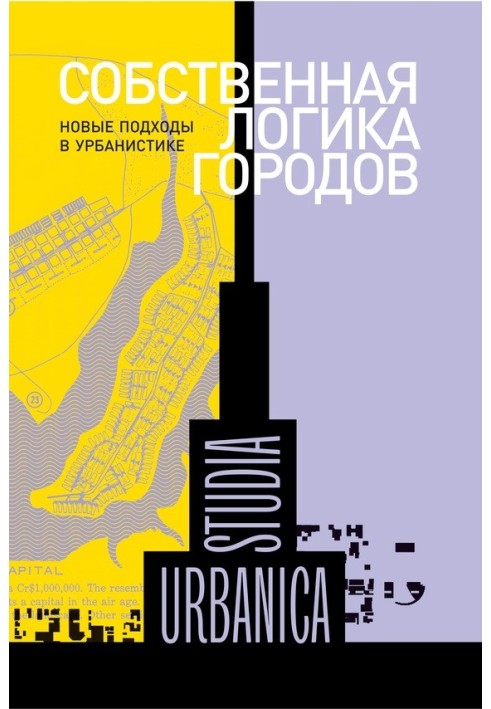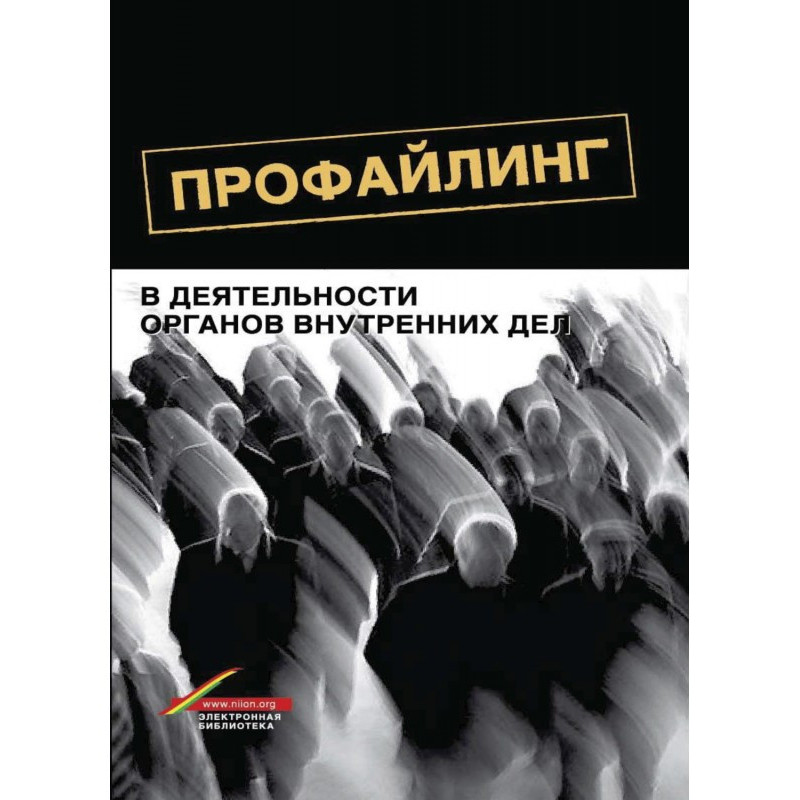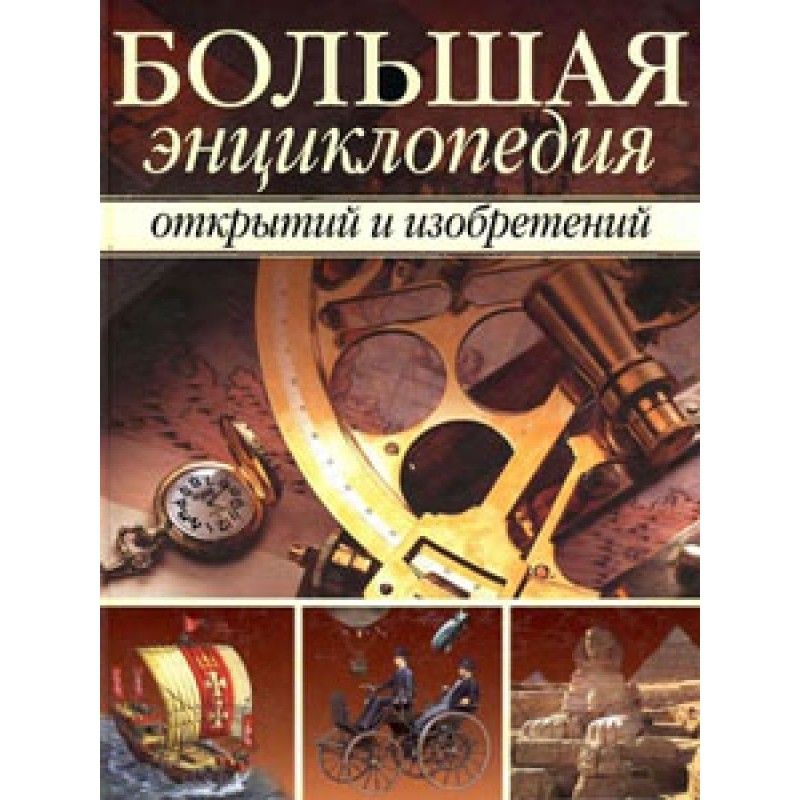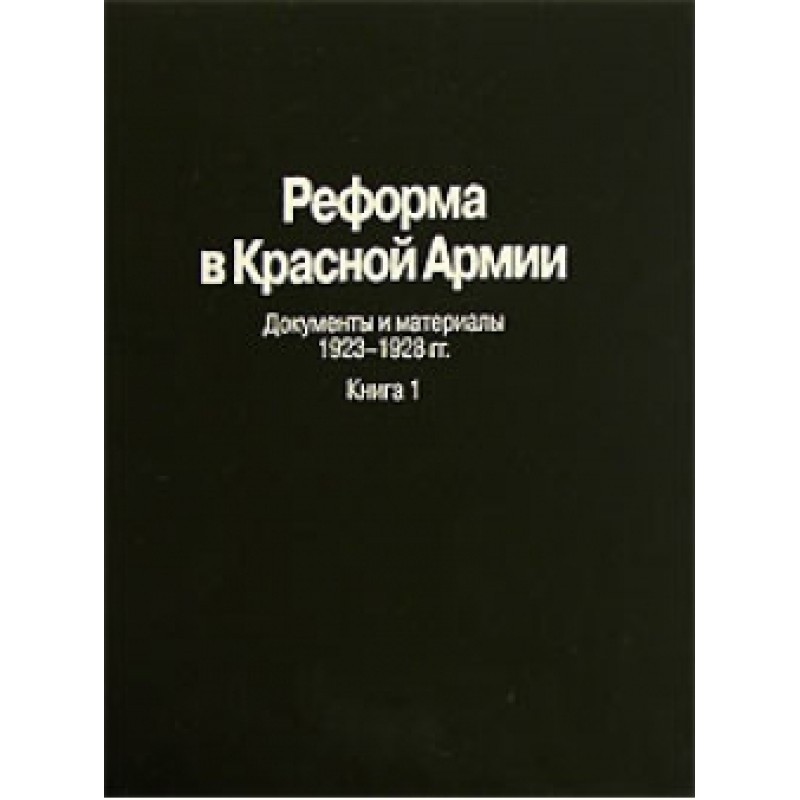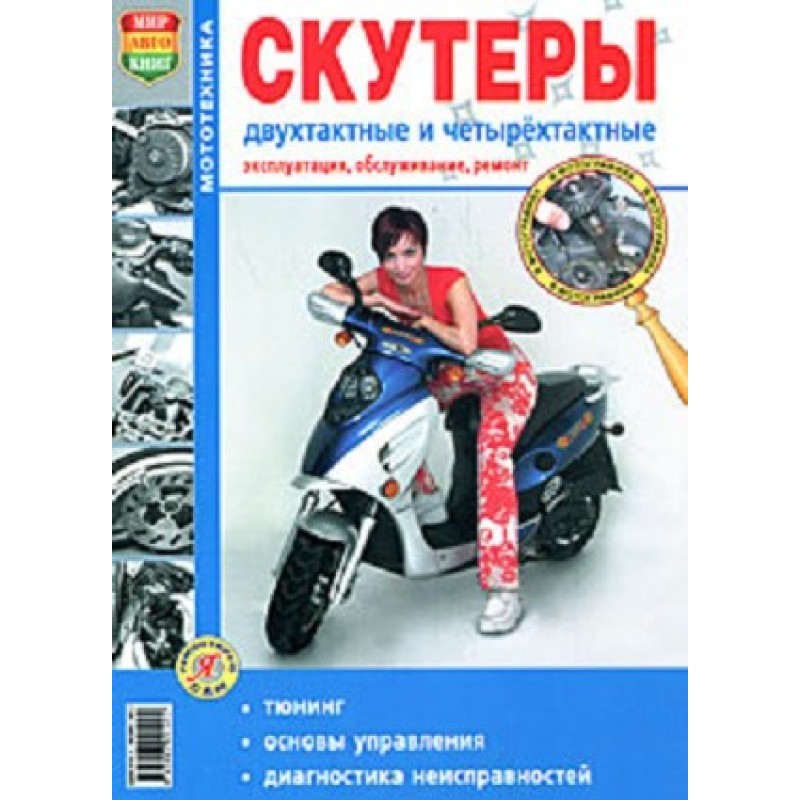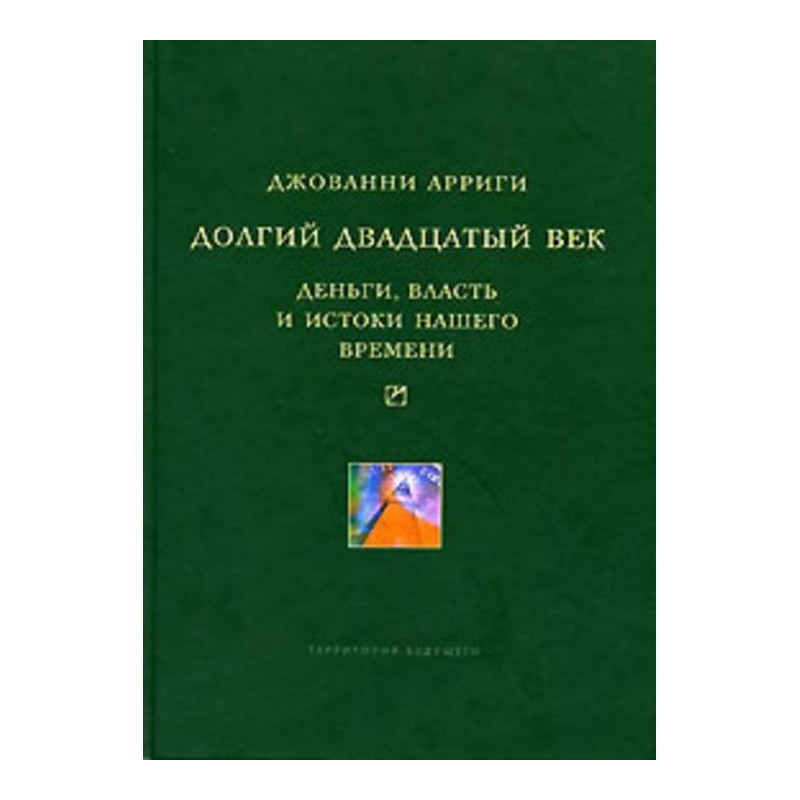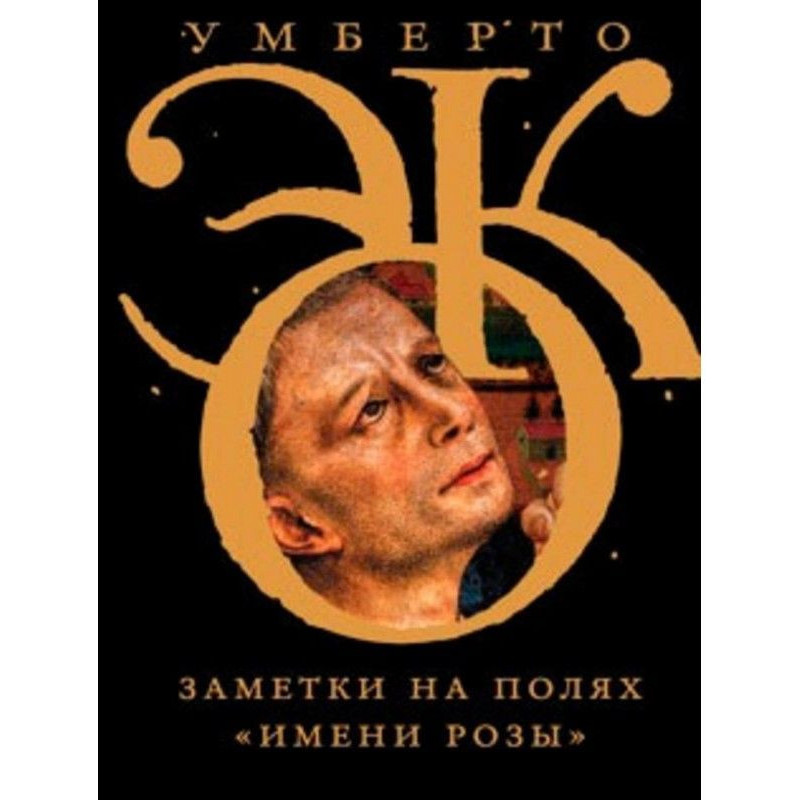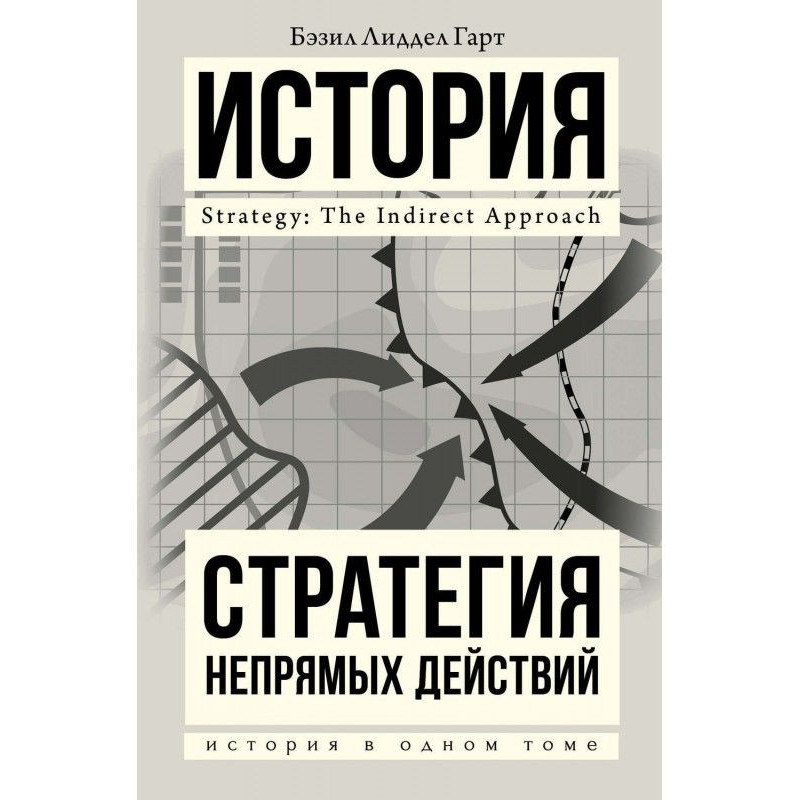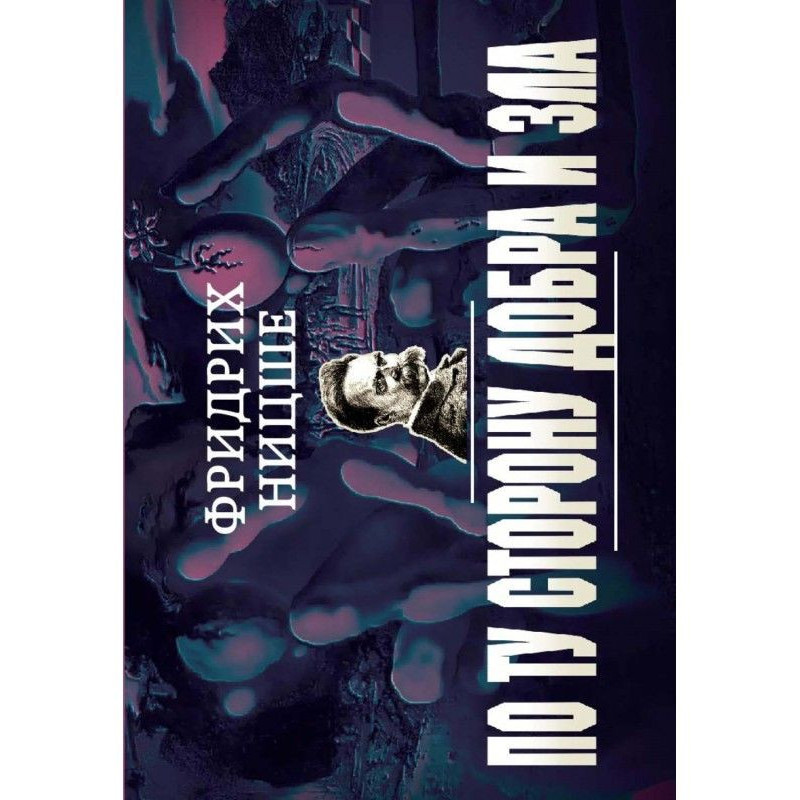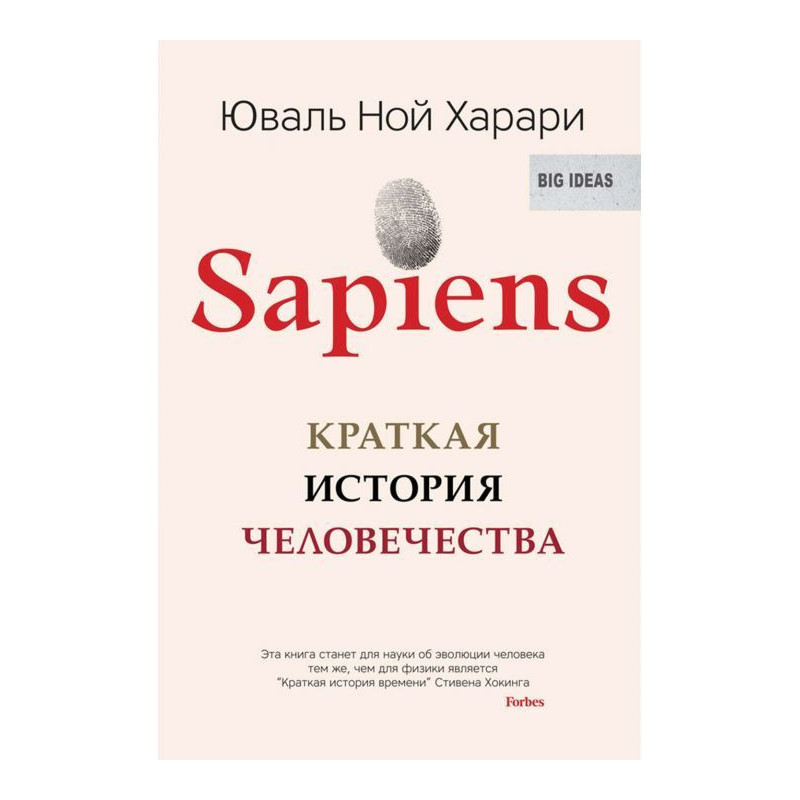Cities' own logic. New approaches in urbanism
 Instant download
Instant download
after payment (24/7)
 Wide range of formats
Wide range of formats
(for all gadgets)
 Full book
Full book
(including for Apple and Android)
The book is the result of a series of interdisciplinary studies united by the concept of “urban logic,” which offers an alternative to the established tradition of viewing the city primarily as a mirror of social processes. The “own logic of cities” is an approach that demonstrates how it is possible to focus on the distinctiveness and heterogeneity of individual cities in order to establish specific patterns associated with the differences of one city from another, drawing on each of them’s own “logic”. The question of theoretical tools that make it possible to describe such patterns becomes the subject of critical discussion in the book. In particular, the authors discuss and use concepts such as “urban habitus”, “city imaginaries”, urban “knowledge landscapes”, etc. Particular attention is paid in this regard to a comparative perspective and different types of relations between cities. As examples, the book compares a number of European cities - such as Berlin and Jena, Frankfurt and Hamburg, Sheffield and Manchester. African cities are examined separately from the point of view of their “own logic”.
Data sheet
- Name of the Author
- Collective of authors
Мартина Лёв
Хельмут Беркинг - Language
- Russian
- Translator
- Кирилл Алексеевич Левинсон
Reviews
Вражаючий внесок у розуміння урбаністики!
Книга "Власна логіка міст" стала справжнім відкриттям для мене, адже вона пропонує новий, свіжий погляд на вивчення міст та їхніх унікальних особливостей. Автори вдало поєднують міждисциплінарні підходи, що дозволяє читачеві глибше зрозуміти, як різні соціальні, культурні та економічні фактори формують специфіку кожного міста. Концепція "власної логіки" є надзвичайно актуальною, адже вона підкреслює важливість унікальності та гетерогенності міст, що часто ігнорується в традиційних дослідженнях. Обговорення таких понять, як "міський габітус" та "уявне місто", відкриває нові горизонти для розуміння урбаністичних процесів. Приклади європейських та африканських міст, які наводяться в книзі, ілюструють різноманітність підходів до вивчення міського середовища. Рекомендую цю книгу всім, хто цікавиться урбаністикою, соціологією та культурологією – вона дійсно варта уваги!

